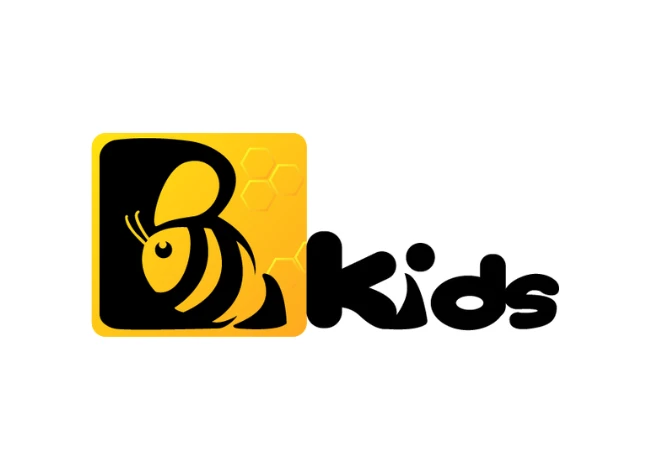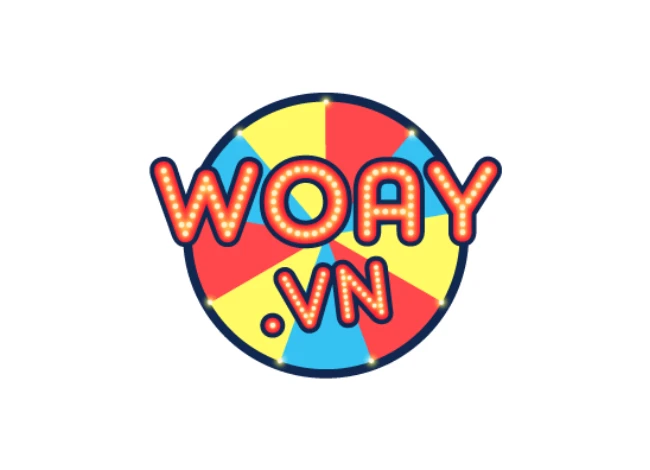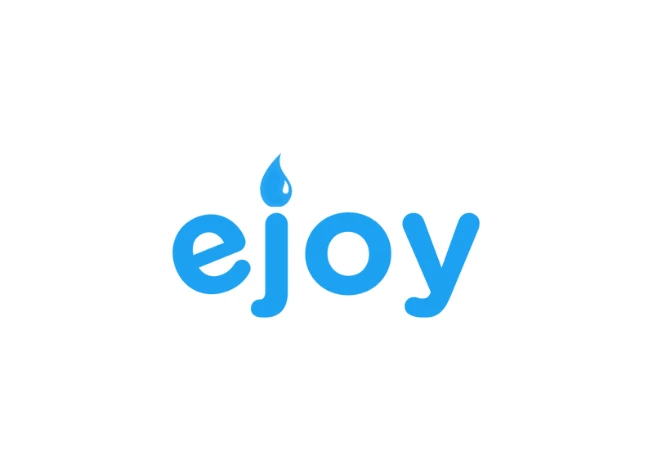In the context of Southeast Asia’s shrimp farming industry facing multiple challenges—rising production costs, environmental risks, and a lack of effective monitoring technologies—Crustea has taken a different path: leveraging smart technology to transform the shrimp value chain with a focus on energy efficiency, environmental protection, and improved livelihoods for smallholder farmers.
From its inception, Crustea identified the core issue of the industry: the absence of water quality control technologies and the high electricity consumption required for aeration, both of which lead to significant losses in yield, cost, and environmental sustainability. In response, the founding team developed an integrated technology ecosystem, which includes energy-efficient aeration devices, real-time water quality monitoring systems, and intelligent energy solutions. A key highlight of this ecosystem is the EBII technology—an AI-powered water quality monitoring system that enables early warnings of risks affecting shrimp health and farming conditions. Unlike conventional digital agriculture models that only provide basic sensor data, EBII analyzes both historical and real-time data to generate operational recommendations tailored to each individual pond. This feature gives Crustea a distinct advantage in serving small-scale farmers who typically lack operational experience and infrastructure investment capacity.
Previously, aquaculture management solutions often revolved around standalone software or hardware, resulting in fragmented implementation and poor system compatibility. Crustea took a more holistic approach by integrating all components into a single platform, allowing users to monitor, analyze, and make immediate decisions via smartphone or tablet. This comprehensive system not only saves time and operational costs but also contributes to reducing greenhouse gas emissions—an increasingly important consideration in modern agriculture. According to data from the Vietnamese startup ecosystem, Crustea’s smart energy solutions have helped reduce electricity costs by up to 30% per farming cycle, extend equipment lifespan, and lower operational risks.
Beyond technology, Crustea demonstrates a strong commitment to inclusive development through technical training programs targeting women and farmers in remote areas. This approach not only expands the startup’s user base but also serves as a vehicle for spreading digital agriculture knowledge to communities with limited access to advanced technologies. At the P4G Vietnam Summit 2025, Crustea attracted significant attention from international organizations thanks to its unique model combining social impact with commercial potential. The event opened opportunities for collaboration with impact investment funds, agricultural support organizations, and aquaculture technology distributors across the region.
The journey of Crustea shows that developing technology for agriculture requires persistence, a deep understanding of on-the-ground needs, and multidisciplinary integration—from hardware and software to data and social engagement. One of the key lessons for founders is not to develop technology for its own sake, but to start from a clearly defined and measurable problem. From there, they can experiment with a simple Minimum Viable Product (MVP) that delivers tangible impact. The solution must then be continuously refined based on real-world data to allow for personalized optimization, rather than applying a one-size-fits-all formula.
Moreover, building credibility through engagement in ecosystem activities—such as startup exhibitions, accelerator programs, or partnerships with NGOs—is an effective way to scale up and spread responsible business models. In the context of a global shrimp market valued at over USD 60 billion, Crustea’s growing presence in Indonesia and Southeast Asia illustrates the immense potential of a locally grounded aquaculture technology platform designed with regional realities in mind and a global vision at its core.









